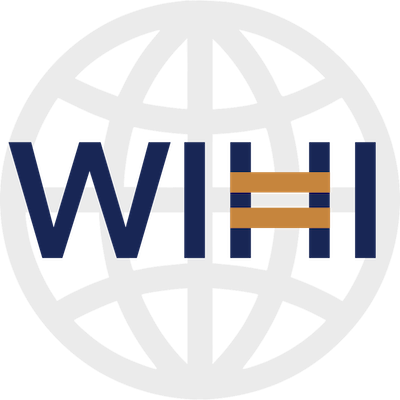South Korea: #22 in the 2024 World Index of Healthcare Innovation

Kseniya Petukhova, Unsplash
Introduction
In the 2024 World Index of Healthcare Innovation, South Korea achieved an overall ranking of 24th, a decline from 18th in 2022. The country held steady in the areas of Fiscal Sustainability, Quality, and Science & Technology, consistent with its performance in previous years. South Korea does well in controlling chronic disease and is well prepared to face pandemics, but faces mismatches in healthcare resources. For example, South Korea has a shortage of primary care physicians relative to other countries in the Index, but also has a large unused capacity at hospitals.
South Korea fell four spots in its ranking in the category of Choice to 18th. Given the single-payer plan’s low actuarial value, South Korea could achieve better health outcomes and open up access to new treatments if other innovative plan designs were allowed to operate.
Background
Since the implementation of employer-sponsored health insurance for large corporations in 1977, South Korea has made significant strides toward universal healthcare coverage. By 1989, this system had expanded to include virtually all citizens, demonstrating a rapid scale-up of coverage. Despite achieving universal coverage early on, the system faced inherent imbalances; larger, corporate-backed funds were more financially stable compared to smaller, rural insurance pools. These disparities became more pronounced following the 199financial crisis, highlighting the need for reform.
The year 2000 marked a pivotal shift in South Korean healthcare policy. The government consolidated the multiple insurance funds into a unified single-payer system under the management of the National Health Insurance Corporation (NHIC). This move aimed to mitigate disparities and improve the financial sustainability of the health insurance system.
As of 2024, the NHIC administers a system in which the average actuarial value of health insurance is approximately 65 percent, a slight increase from previous years. The patient responsibility portion, including cost-sharing and out-of-pocket expenses, accounts for about 35 percent of total healthcare spending. Notably, the number of services not covered by the NHIC and requiring full out-of-pocket payments remains a challenge, affecting access to certain treatments.
The South Korean system is funded through contributions that are proportional to taxpayers’ wages, with the current contribution rate standing at 6.67 percent of monthly income, slightly up from previous years. The NHIC’s negotiations on service prices and drug costs have been effective in maintaining relatively low per capita health expenditures, which stood at $2,687 in 2023, ranking South Korea among the more cost-efficient healthcare systems in the OECD.
Additionally, South Korea has a high doctor-to-population ratio with 2.6 doctors per 1,000 people as of 2023, which represents an increase that improves access and reduces wait times. Hospital bed availability is also notable at 12.3 beds per 1,000 people, one of the highest rates globally, reflecting the country’s readiness to manage both acute and long-term care needs.
Dimension Performance
Quality
South Korea achieved a ranking of 15th in Quality. The country experienced a decline in other areas: its ranking in pandemic preparedness and response declined to 11th, and its patient-centered care ranking dropped from 17th to 25th. Its infrastructure ranking remained at 31st, in part because the country is wasting excess hospital capacity but also lacks enough primary care doctors. Conversely, South Korea excelled in disease prevention, securing an impressive 2nd place due to low hospital admission rates and the best cancer survival scores in the Index.
Choice
South Korea’s rank in Choice fell from 14th in 2022 to 18th in 2024. South Korea ranked 8th in freedom to choose healthcare services, but its single-payer system places higher out-of-pocket expenses on residents to fund expensive drugs and procedures, restricting access to new treatments (23rd). These restrictions result in South Korea having some of the highest out-of-pocket as well as household catastrophic levels of health spending of any country in the Index, ranking South Korea 30th in affordability of health coverage.

Science & Technology
South Korea is ranked 24th overall in Science & Technology, marking its lowest placement across the four measured dimensions. Specifically, the country has struggled in advancing medical innovation, placing it 19th in medical advances and 28th in scientific discoveries. Despite these challenges, South Korea performs better in integrating digital technology in healthcare, achieving an 11th place ranking in health digitization.
Fiscal Sustainability
South Korea finished in the 22nd position in Fiscal Sustainability, bolstered by its robust economy which earned it a score of 16th in national solvency. However, the increasing cost of medical care over the past decade has led to a lower ranking of 32nd in growth in public health spending. Overall, South Korea’s public healthcare spending stands above the median, ranking 18th.



 ">
">